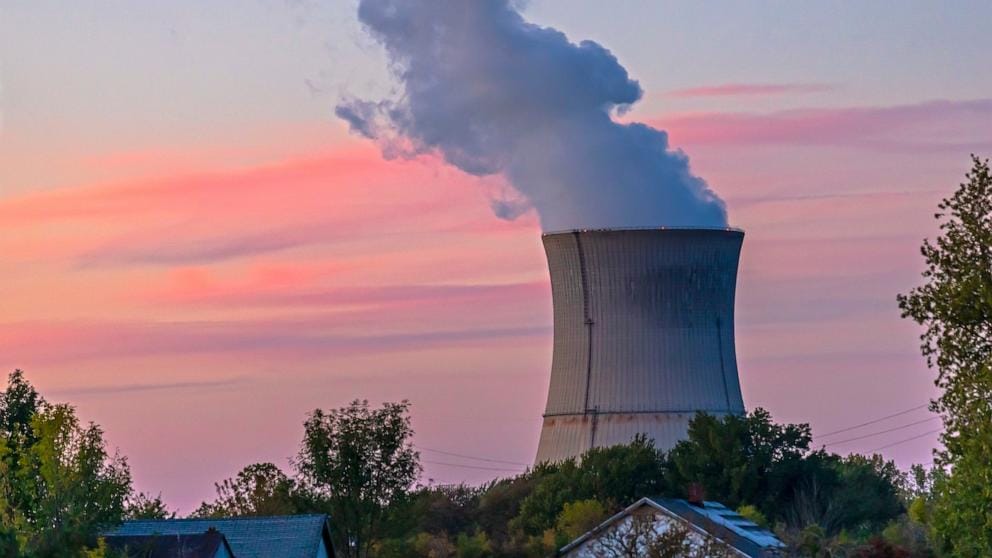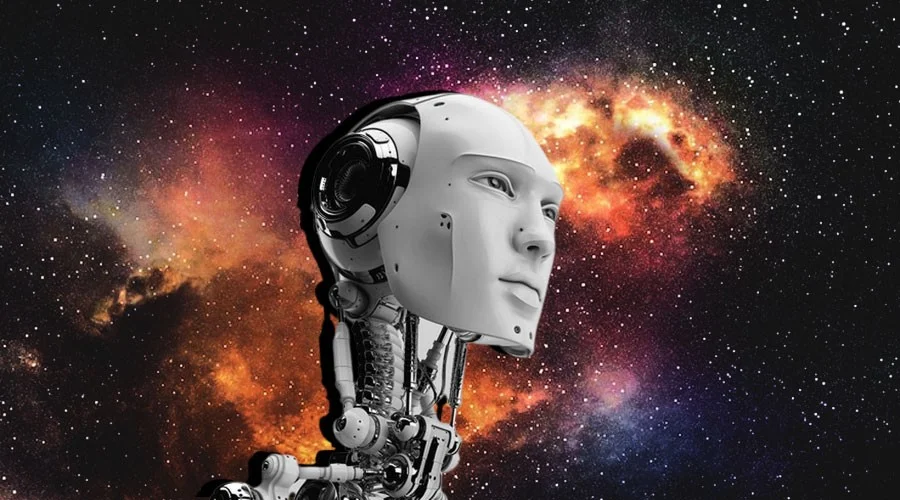Everywhere we look, the modern world hums with electricity. Cars are going electric, data centers crunch unimaginable amounts of information for artificial intelligence, and homes and businesses rely on steady, uninterrupted power. Demand for energy is climbing higher every year, and with it comes a pressing question: how can we generate enough electricity without overwhelming the planet with carbon emissions or toxic waste?
Scientists believe the answer may lie in a process as old as the stars themselves—nuclear fusion, the reaction that powers the sun. Unlike today’s nuclear fission plants, which split atoms apart, fusion fuses them together, releasing staggering amounts of energy with minimal waste. Theoretically, fusion could provide humanity with a near-limitless supply of clean energy.
But there’s a catch.
To make fusion reactors work, scientists need two special types of hydrogen: deuterium, which is abundant and easy to extract from seawater, and tritium, which is vanishingly rare. Without tritium, the dream of practical fusion energy remains out of reach.
Now, a team of researchers led by physicist Terence Tarnowsky at Los Alamos National Laboratory believes they may have found a way to solve two global challenges at once: getting rid of dangerous nuclear waste while producing the precious tritium fuel that fusion reactors require.
Why Tritium Matters
To understand the problem, imagine that tritium is the spark plug of a fusion engine. Without it, the engine sputters and fails. Tritium fuses readily with deuterium, making it an ideal candidate for early experimental reactors. Yet tritium is astonishingly rare.
Currently, the world’s commercial supply of tritium comes almost entirely from fission reactors in Canada, where it is captured as a byproduct. According to Tarnowsky, the entire global inventory of tritium is only about 55 pounds (25 kilograms)—give or take half that amount because it’s so difficult to track precisely.
This is an almost absurdly tiny number. To put it in perspective, those 55 pounds could power more than 500,000 homes for six months if fed into a working fusion system. But compared to the vast energy needs of nations, it’s a mere drop in the ocean.
And there’s another problem: tritium doesn’t last. It decays radioactively with a half-life of about 12 years, meaning that whatever exists today will be gone in just a few decades. Unless new supplies are created, the dream of fusion will wither on the vine.
The Heavy Legacy of Nuclear Waste
While tritium is scarce, the opposite is true of nuclear waste. Decades of fission power generation have left the United States alone with thousands of tons of radioactive spent fuel. This material remains hazardous for millennia, demanding elaborate storage facilities and constant monitoring to prevent leaks. The mere mention of “nuclear waste” stirs anxiety in the public imagination—visions of glowing barrels, contamination, and health risks.
What if that burden could be turned into an opportunity?
Instead of seeing nuclear waste only as a problem to bury, Tarnowsky asked: could it become a resource? Specifically, could it be coaxed into producing tritium, transforming a liability into one of the most valuable commodities for the future of clean energy?
A New Kind of Reactor
To test this idea, Tarnowsky ran computer simulations of what he calls a tritium reactor—a system designed not to produce electricity directly but to manufacture tritium efficiently.
The setup uses a particle accelerator, a machine that can hurl protons or other particles at tremendous speeds. By directing these particles at nuclear waste, the reactor would trigger atom-splitting reactions in a controlled way. Unlike the chain reactions in traditional nuclear plants, which are self-sustaining and potentially risky, this system could be switched on or off at will. That makes it inherently safer.
When the waste atoms split under the accelerator’s beam, they release neutrons. Those neutrons, in turn, collide with specially arranged materials, setting off a series of nuclear transitions that ultimately yield tritium.
What makes this approach exciting is its efficiency. Tarnowsky’s early estimates suggest that a 1-gigawatt tritium reactor—roughly the output of a large power station capable of supplying about 800,000 U.S. homes—could produce 4.4 pounds (2 kilograms) of tritium per year. That’s as much as Canada’s entire annual output.
Even more striking, Tarnowsky calculates that his design could make ten times more tritium per unit of energy than a fusion reactor attempting to breed its own supply.
Building on Old Ideas with New Tools
This concept is not entirely new. Scientists floated similar ideas in the 1990s and early 2000s, but the technology of the time wasn’t mature enough to make them realistic. Particle accelerators were expensive, energy-hungry, and not efficient enough for industrial-scale applications.
But technology has advanced. Accelerators are now more compact and more efficient. Computer modeling allows researchers to test countless design variations in silico before building physical prototypes. By combining existing reactor designs—such as those that use molten lithium salt for cooling—with new computational techniques, Tarnowsky hopes to create a roadmap for turning the idea into reality.
The molten salt design offers safety advantages as well. Acting both as a coolant and as a barrier, it reduces the risk of overheating and makes it extremely difficult to extract nuclear materials for weapons, addressing one of the biggest concerns in nuclear security.
The Cost Question
Of course, scientific promise must meet economic reality. Tritium is incredibly valuable—worth about $33 million per kilogram—but producing it requires substantial infrastructure. Tarnowsky’s next step is to refine his simulations and calculate the actual costs of production in different reactor configurations.
If the numbers line up, the U.S. could gain not only a domestic tritium supply but also a powerful incentive to reimagine how it handles nuclear waste. Instead of paying billions to store hazardous materials for thousands of years, the country could put some of that waste to work, helping usher in the fusion era.
A Step Toward a Fusion Future
Fusion has long been described as the energy of the future—and it always seems just out of reach. But projects like this suggest that the barriers are not insurmountable. Solving the tritium problem is one of the most practical steps toward making fusion power more than just a dream.
The broader message is equally powerful: innovation often comes not from abandoning difficult problems but from reframing them. Nuclear waste has been seen for decades as an albatross around the neck of clean energy. Tarnowsky’s work dares to ask whether it might, in fact, be a stepping stone to the clean power systems of tomorrow.
As he puts it: “Energy transitions are a costly business, and anytime you can make it easier, we should try.”
And so, deep within the labs at Los Alamos, scientists are sketching out a future where yesterday’s waste fuels tomorrow’s stars—where the leftovers of fission light the way toward fusion, and perhaps toward a world powered by the same fire that shines in the heart of the sun.
More information: On-ramping the fusion economy with kilogram quantities of commercial tritium. acs.digitellinc.com/p/s/on-ram … rcial-tritium-635641






